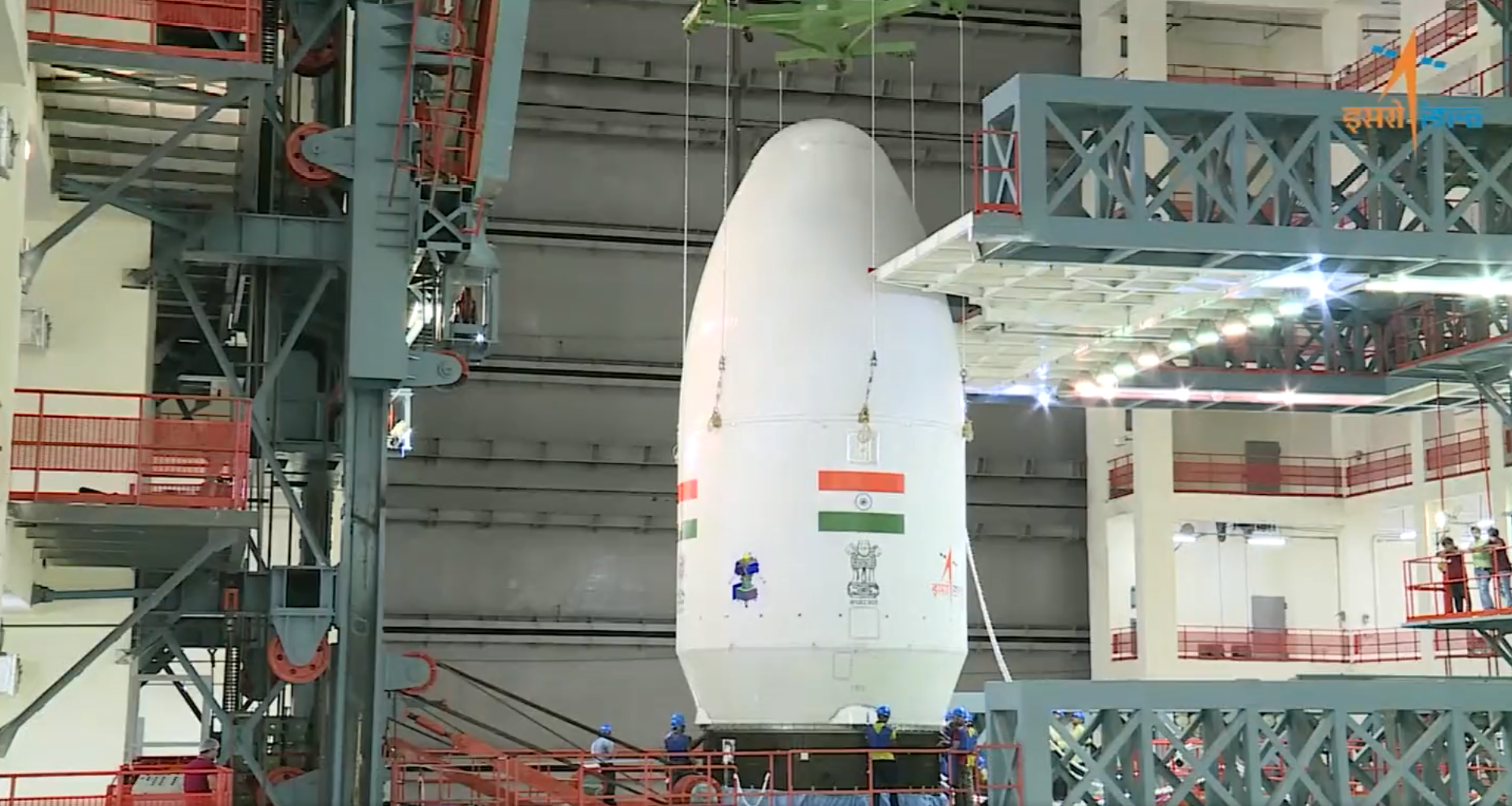As a follow-up mission to Chandrayaan 2, ISRO is ready to launch Chandrayaan-3. The launch of Chandrayaan 3 is scheduled for mid-July (July 12–19). The lunar rover will launch from the Satish Dhawan Space Center in Sriharikota, Andhra Pradesh, on board the launch vehicle mark-III (LVM-III).
ISRO has set three goals for the launch- to have a safe and soft landing on the moon’s surface, to perform a scientific experiment on-site to find out more about the behaviour and makeup of the moon, as well as to demonstrate the rover’s loitering capabilities around the moon.
The Indian Space Research Organization planned to launch Chandrayaan-3 to accomplish a lander landing on the moon’s surface, followed by the deployment of a rover to carry out on-site investigations. The third lunar mission from India, which cost Rs. 615 crores to build, includes an indigenous landing module, a propulsion module, and a rover. The goal is to demonstrate new technology for interplanetary missions.
The lander in Chandrayaan-3 will only have four throttle-able engines, in contrast to Vikram on Chandrayaan 2, which had five 800 newtons engines with a fifth one being centrally mounted with a fixed thrust. Additionally, an LDV, or laser doppler velocimeter, will be mounted on the Chandrayaan 3 lander.
The impact legs are comparatively stronger and instrumentation redundancy is improved in Chandrayaan 3 compared to Chandrayaan 2. Additionally, ISRO is focusing on enhancing structural rigidity and including numerous backup plans.
The moon won’t make it easy for Chandrayaan-3 to succeed whereas Chandrayaan 2 failed. To land on the moon, numerous high-tech systems must precisely line up and function like a well-oiled machine. These include the ability to decelerate at the exact moment and right speed to arrive at the proper landing place, accurate flight dynamics, clear pictures of the ground and perfectly timed thruster firings.
In order to achieve a successful landing, the surface or terrain inside the landing radius is essential. Chandrayaan-3’s two lander danger identification and avoidance cameras will offer data that will be used to help determine where to land.





